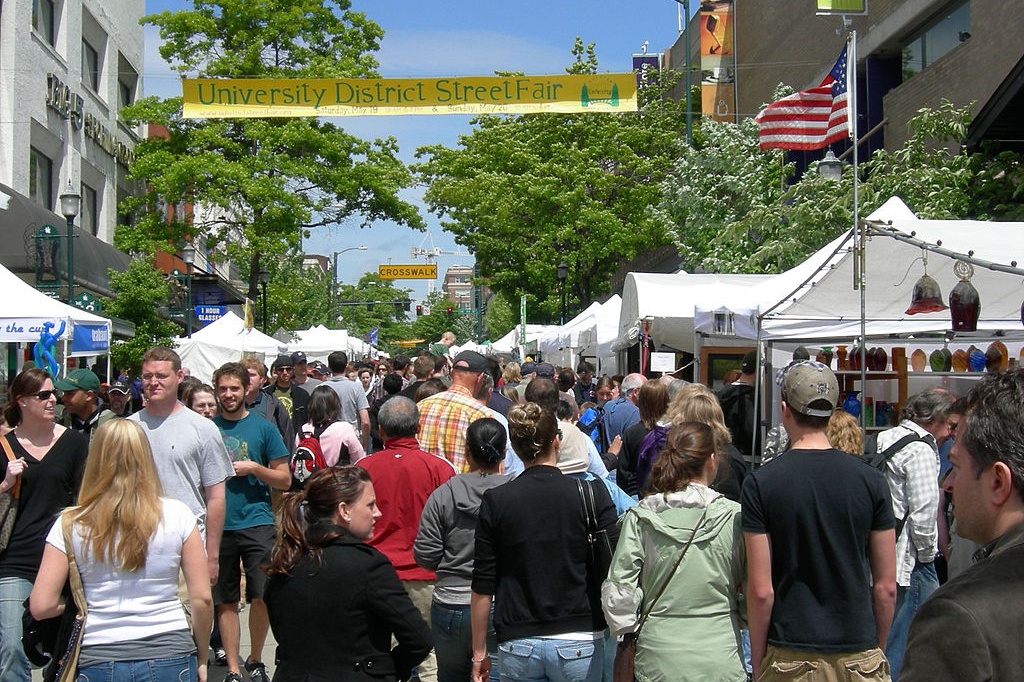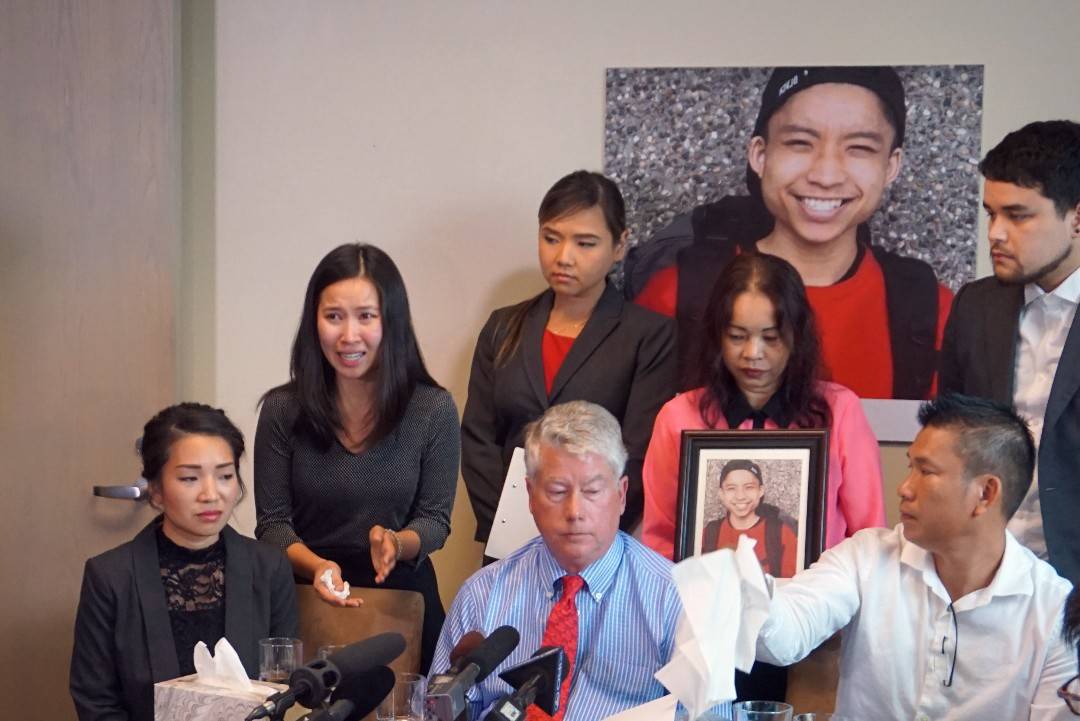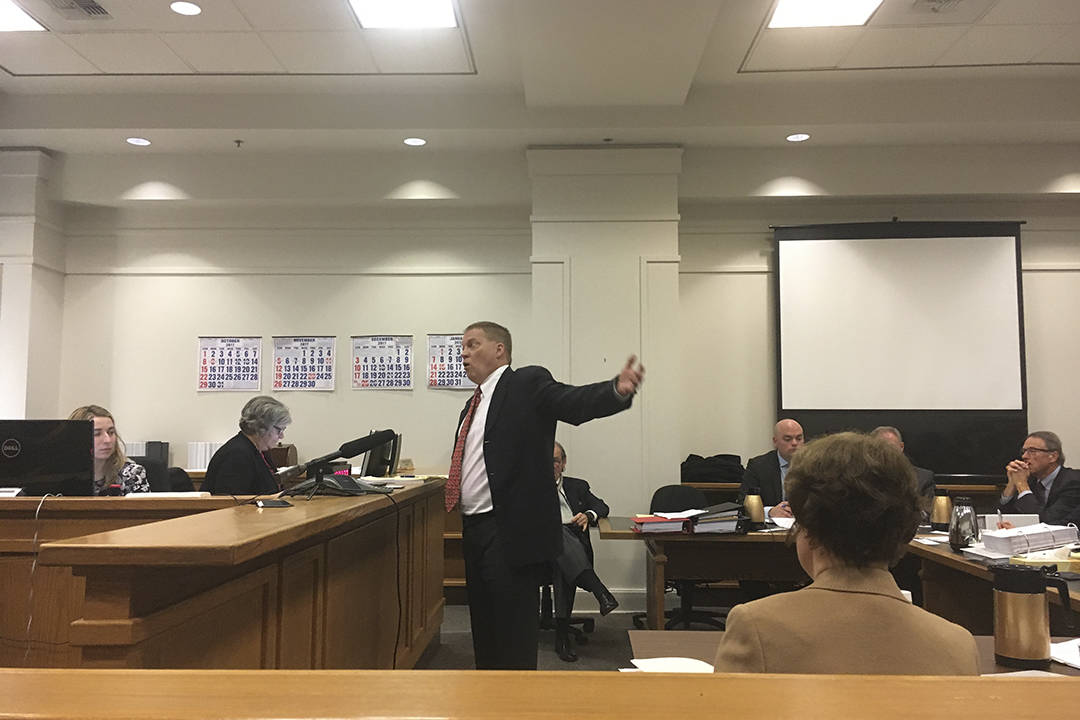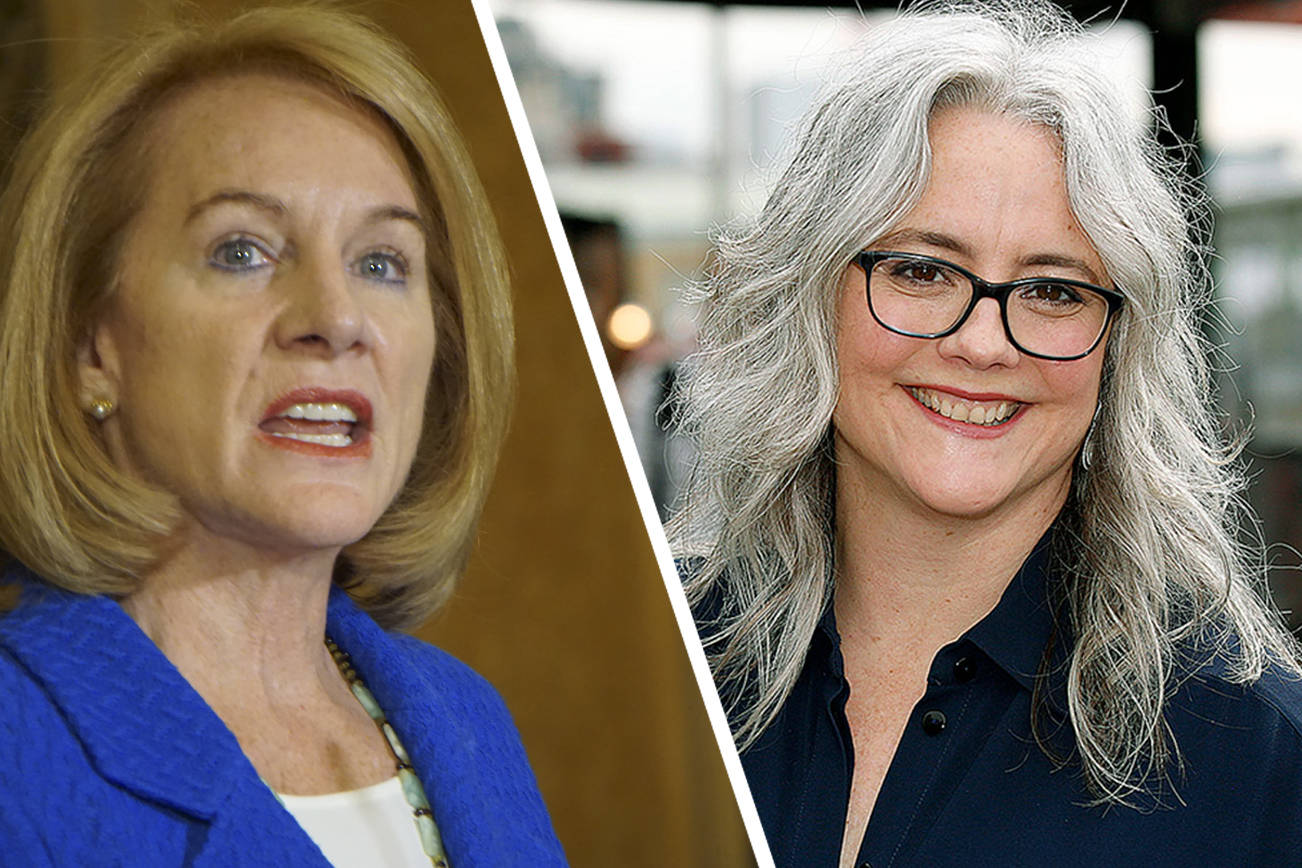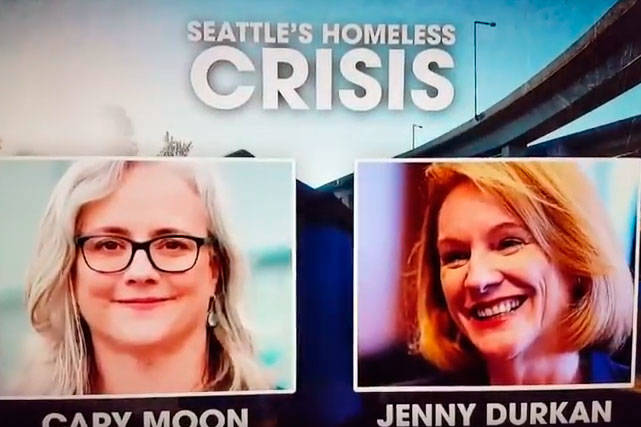The fight currently brewing over a major upzone in the U-District is hardly new. On one side you have pro-development voices arguing that taller apartment buildings will create affordable housing, both through market forces and inclusionary housing units mandated by the city. On the other side you have people arguing that the upzone will ensure that older apartment buildings currently renting on the cheap will be demolished for shiny new buildings that current U-District residents could never afford.
Again, old hash.
But what is a little new about the debate is Big Labor’s sudden arrival on the scene, which could throw a twist into the usual preservationist*-vs.-urbanist debate.
In the vanguard of this new effort is the U-District Alliance for Equity and Livability, which is calling on the city to tap the breaks on the upzone. The newly formed alliance is made up of labor and immigrant groups who argue that more building around University of Washington will cause the cost-of-living to spike across the city, thus hurting the thousands of low-income service workers at the U.
“Unless the city looks at all the impacts of development, we’re skeptical that this won’t result in large-scale displacement,” says David West, who is consulting for the coalition that includes SEIU Local 925, the King County Labor Council, and immigrant groups like the Eritrean Association of Greater Seattle.
The city’s plan, in development since 2012, would allow for buildings up to 320 feet tall in the neighborhood. The upzone will come in conjunction with light rail expansion into the heart of the U-District; it will also coincide with the university’s own plan for development on campus. The UW says it hopes to foster a tech industry hub in the area, not unlike what’s seen today in South Lake Union.
All told, West says, 17,000 more people could be coming to school and work in the neighborhood if all the development plans are carried out. He says such an influx will not only cause rents in the neighborhood to soar, but rents all up and down the light-rail line, as people avail themselves of easy transportation. That could impact low-wage campus workers, many of whom are immigrants and commute to work from Rainier Valley.
“We’re not opposed to development and we’re certainly not opposed to new jobs, but what’s being left out is mitigation for the low-wage workers,” West says. The coalition is calling for the city to conduct a Race and Equity Analysis before the upzone is approved, and for more subsidized housing to be included in the plan, including housing in Rainier Valley.
Sharon Lee, executive director of the Low Income Housing Institute, which is also part of the coalition, says the group’s demands is consistent with a common refrain from LIHI: the city still doesn’t do enough to mitigate the impact of development on poor people.
“More mitigation is needed for the loss of affordable housing,” she wrote by email, along with a real estate listing showing a fourplex for sale in the U-District. The asking price is $5.1 million; a top selling point is that developers could soon be allowed to tear it down and build a 240 foot building in its place.
At this point it doesn’t seem like the group will get much sympathy from the city. The mayor’s office rejects the idea that the upzone is going to worsen, and not improve, housing prices. The Office of Planning and Community estimates the upzone will create 600 to 900 affordable homes in the U-District, which outnumbers the affordable units lost. Those units come on account of the HALA regulations shepherded in by the mayor over the last two years.
Jason Kelly, spokesman for the Office of Planning and Community, tells Seattle Weekly the office has done extensive work with low-income and minority communities in the U-District to ensure their concerns were addressed in the plan. This work includes coordinating with the YMCA to allow the organization to develop affordable housing and expanded childcare on its site, and early engagement with homeless youth groups in the neighborhood.
Roger Valdez, director of the pro-development group Smart Growth Seattle, suspects the coalition’s objections to the upzone have more to do with labor politics than true growth concerns. In addition to subsidized housing, the coalition wants the UW to provide child care and transportation to mitigate growth impacts—both common union demands. For that matter, the affordable housing they hope to see created would come from the university and be reserved for its employees.
“It’s a good strategy,” says Valdez about the idea of making zoning changes a workers-rights issue. “It’s wrong, it’s illegal, the council should ignore it, but it’s a good strategy.”
Labor advocates, though, argue the development is creating a real hardship for their members.
“Normally, we support development,” Dale Bright, president of the M.L. King County Labor Council, and member of the Laborers Union, said in the press release put out Wednesday. “But our members are being driven out of Seattle by all this new development occurring in a short period of time. The city needs to assure us that large employers will listen to the needs of the community and to their own employees this time.”
dperson@seattleweekly.com
*An earlier version of this post used the word “NIMBY” instead of preservationist. As was pointed out to me, NIMBY doesn’t really apply to the arguments being made by groups like LIHI, since their concerns are not geographic (backyard) in nature. So I changed it. — dp
